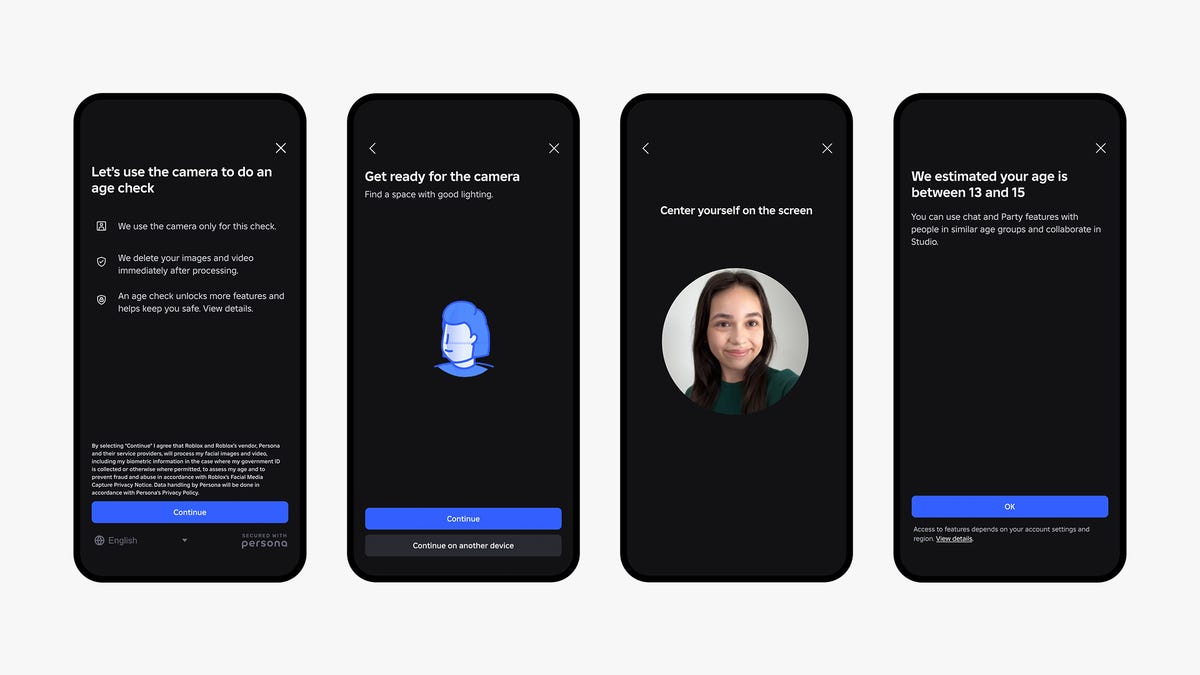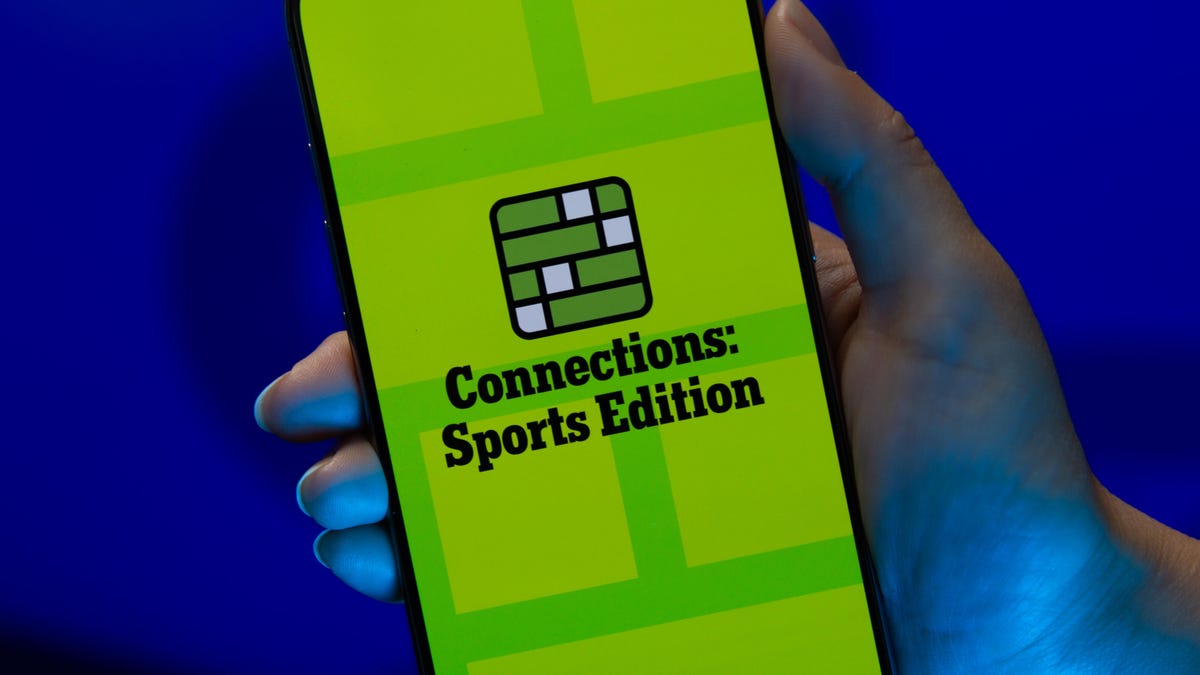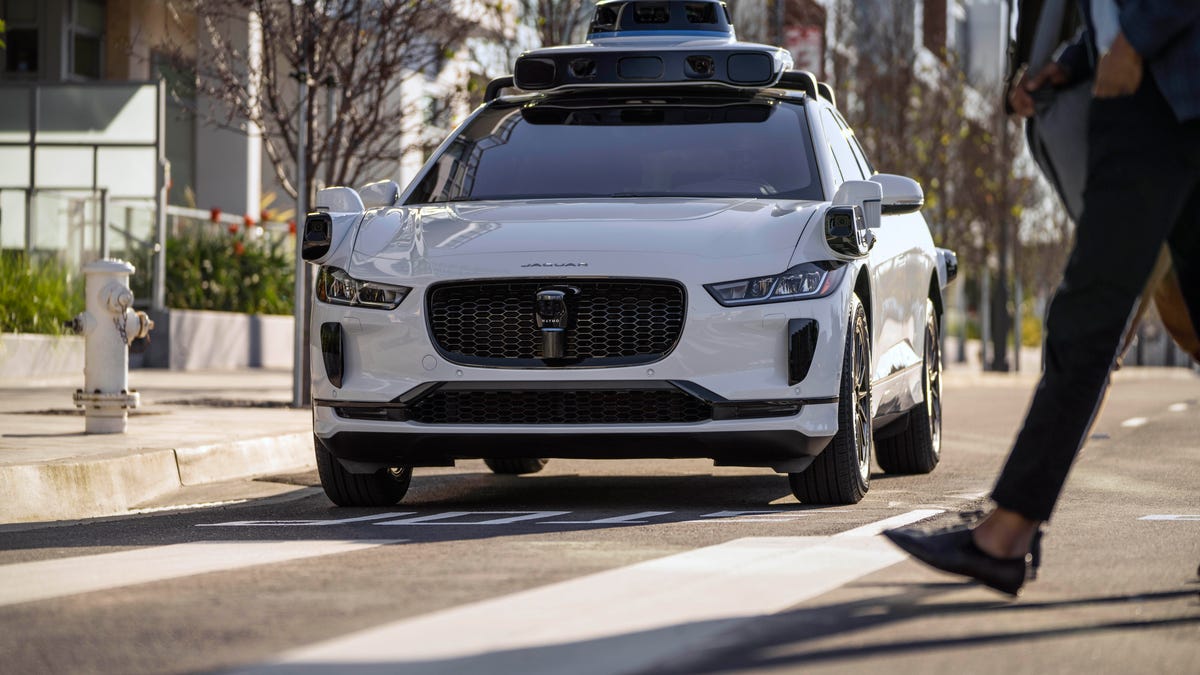Technologies
We Now Know the Price for Nintendo’s Controversial Switch 2 Welcome Tour
Fans aren’t thrilled that the $450 console doesn’t simply include a free copy of the tutorial game.

We now know a price for the Switch 2 Welcome Tour, which acts as a user tutorial for the various new features of the Nintendo Switch 2. According to IGN, the game will cost $10. A representative for Nintendo did not immediately respond to a request for comment.
The console’s specs were mostly unveiled during a Nintendo Treehouse event on April 3. That event also featured the announcement of a new game called Switch 2 Welcome Tour, which acts as a user tutorial for the various new features of the Switch 2. It quickly became controversial, with fans posting online that they thought the game should be free and included with the new console.
Per Nintendo, the game will feature «tech demos, minigames, and quizzes» for players to complete. The primary subject matter is the various new features on the Switch 2, like using the controller as a mouse and the upgraded HD Rumble feature. The game shows off some of the design elements of the Joy-Con controllers. For example, the upgraded HD Rumble feature puts the vibration motors «close to where your hands are holding the controllers» to intensify the vibrations. The minigames award medals, which are then used to access new parts of the game until the player has completed everything.
Read more: The 17 Best Nintendo Switch Games Right Now
Nintendo of America’s Vice President of Product and Player Experience, Bill Trinen, told IGN that there’s enough content in the Welcome Tour to justify the $10 price.
«I think it’s going to be a great product,» he said. It’s really for people that want more information about the system rather than necessarily a quick intro to everything it does. And for that reason and just the amount of care and work that the team put into it, I think it was decided that, ‘Yeah, this feels like $9.99 is not an exorbitant price. It feels like a good value for what you’re getting out of the product.’ «
Should a tutorial game cost money?
Fans have already been criticizing the gaming giant for the prices of its release titles. Mario Kart World is set to go on sale for $80 around the same time the Switch 2 is launched, making it one of the most expensive games Nintendo has ever released.
The fact that the tutorial game doesn’t come included with the console — as was the case with Astro’s Playroom on the PlayStation 5 — displeased many Nintendo fans, who had something to say about it.
«That’s definitely a…choice? Not sure I understand the idea of making it paid when it should be a built-in app in every system,» Reddit user Rudy69 said.
«The audacity to make a game that helps you learn about the Nintendo Switch 2 and make it PAID,» argued X user CanadianZar. «No one is buying this game. Hell… Astro’s Playroom walks all over this and IT WAS FREE.»
Other people expressed interest in learning about the new controls but don’t want to shell out for the tutorial. Instead, their plan is to wait for gaming YouTubers to post Let’s Play videos about the game and watch it from there.
Read more: I Played the Nintendo Switch 2: Is It Worth It?
Just because people complain doesn’t mean that the game won’t sell well. Per Guide Strats, Breath of the Wild had a huge number of complaints on social media. The game would go on to outsell its own console when it and the original Nintendo Switch launched together in March 2017.
The game is set to launch on June 5, the same day as the Nintendo Switch 2 console. Preorders for the console have been delayed due to the new tariffs imposed by the Trump administration, but the launch date is unchanged.
Technologies
Roblox Rolls Out Age-Verification Requirement for Chat Amid Child Safety Criticism
The age-verification tool estimates a player’s age to put them into a specific group before they can chat online.

Roblox, the online gaming platform that has been under fire due to child safety concerns, has introduced age-verification software that uses facial scanning to estimate the age of players.
The system is currently voluntary, but by the first week of December it will be a requirement in Australia, the Netherlands and New Zealand in order for players to chat with others online. By early January, players in all Roblox markets, including the US, will be required to use the software if they want to engage in chats with other players. Roblox said it has also launched a Safety Center hub with information for parents and parental control tools.
Don’t miss any of our unbiased tech content and lab-based reviews. Add CNET as a preferred Google source.
Roblox says the age-verification system is being put in place to limit contact between adults and children, which has been a chief concern among child-safety advocates.
However, while some experts expressed optimism about Roblox’s changes, they disagreed on whether the new features go far enough for the platform and whether Roblox’s reputation can be repaired.
How it works
Roblox’s new age-verification feature takes a 3D scan of a player’s face, using a webcam or a mobile device’s camera, to estimate the person’s age. Based on that estimate, a player can use online chat with other players in their age group.
In a video about the software, Roblox says it immediately deletes captured images or video after the age check is complete.
The age check is performed by a vendor of Roblox called Persona.
Once they complete the check, players are grouped into the following age categories: under 9, 9–12, 13–15, 16–17, 18–20, or 21 and over. The company said that those under 9 won’t be allowed to chat without parental permission. The chats won’t be strictly limited to those age groups, necessarily. Roblox said players «can chat only with peers in their group or similar groups, as appropriate.»
A representative for Roblox said in an email to CNET that the technology should not be considered facial recognition because it’s not being used to identify a particularly person, only to estimate their age.
The company said it’s also taking measures such as restricting media sharing among players and using AI to monitor chats.
Ongoing controversy
One of the aims of the launch, which was first announced in the summer, was to address criticism that the platform has not adequately protected underage Roblox players. The criticism comes at a time when Roblox is more popular than ever, having broken its own records this year for the number of players on its platform at the same time. It’s estimated to have about 380 million active monthly users.
Roblox is currently facing dozens of lawsuits related to claims of sexual abuse and child exploitation from families of children who played Roblox. It is also the target of investigations or lawsuits from states including Florida, Texas, Louisiana and Kentucky.
Roblox was dealt a setback earlier this month when a California judge declined the company’s motion to move one of these suits into private resolution.
The company says its safety features are moving beyond what other game platforms offer to protect minors.
According to a corporate post about the safety features: «Roblox is the first online gaming or communication platform to require facial age checks to access chat, establishing what we believe will become a new industry standard.»
The online streaming platform Twitch is also introducing an age scan feature, but so far only in England.
In response to the Roblox and Twitch changes, Anna Lucas, online safety supervision director at the British regulatory agency Ofcom, said, «We’re pleased that children will be better protected from harmful material and predators on Twitch and Roblox. Under the UK’s online safety laws, platforms must now take steps to keep kids safe, and we’re ensuring they meet their responsibilities. There’s more to do, but change is happening.»
What’s next for Roblox?
Experts CNET spoke with in areas including child privacy and safety, online marketing and tech viewed the steps Roblox is taking as positive, But there’s wide disagreement on whether the company is going far enough with its protections.
«Roblox’s new age-verification tools are encouraging, but from a parenting standpoint, they’re just one part of the safety puzzle,» said Dr. Scott Kollins, a clinical psychologist and chief medical officer at Aura, an online safety app. «The real question for families is whether these features meaningfully improve kids’ day-to-day experience on the platform. Age verification is a step forward, but children still need guardrails and clear explanations about how online interactions work.»
Kollins said that active parenting needs to take place before kids log on to Roblox in addition to the company designing its product with safety in mind.
Stephen Balkam, founder and CEO of the Family Online Safety Institute, called the age-verification «a hugely important step» in the direction of making Roblox a safer platform. He said he hoped other online platforms might follow Roblox.
«My only hope is that in the long term, Roblox’s age assurance methods become interoperable with other gaming and kid-focused sites and platforms, so parents and kids only have to go through the verification process once,» Balkam said.
Like Kollins, Balkam emphasized the importance of parental involvement, since no site is entirely safe.
«Set family rules, use parental controls and have regular conversations with your kids,» he said. «So, no, don’t ban Roblox, but use their industry-leading tools and keep the lines of communication open and your kids should be able to have a fun and creative time.»
Liability and trust
Some experts also view the changes as a way to mitigate the company’s reputational damage and address legal challenges.
The age verification is «not a silver bullet,» said Paromita Pain, associate professor of media studies at the University of Nevada, Reno.
«Even a very strong safety revamp doesn’t erase that record, but it does give Roblox a narrative: ‘We heard you, we’re now at or above industry standard, so future risk is sharply reduced,’ » Pain said.
The moves, Pain said, could rebuild trust, but many parents will see age checks as coming too late. Pain said that the company should adopt independent audits of child-safety practices, make its parental and teen controls stricter by default and commit to «safety by design» by making systemwide changes on private servers and environment designs.
The current changes won’t fix things for Roblox, she said. «Only sustained, independently-verifiable changes—and probably some large settlements—will do that.»
Technologies
Waymo Is Going Fully Autonomous in 5 New Cities. Everything to Know About the Robotaxi
Here’s everywhere the self-driving company operates and where it’s headed soon.
Technologies
Today’s NYT Connections: Sports Edition Hints and Answers for Nov. 19, #422
Here are hints and the answers for the NYT Connections: Sports Edition puzzle for Nov. 19, No. 422.

Looking for the most recent regular Connections answers? Click here for today’s Connections hints, as well as our daily answers and hints for The New York Times Mini Crossword, Wordle and Strands puzzles.
Today’s Connections: Sports Edition features a blue category that I think is a real stumper, unless you’re familiar with one certain phrase. If you’re struggling but still want to solve it, read on for hints and the answers.
Connections: Sports Edition is published by The Athletic, the subscription-based sports journalism site owned by The Times. It doesn’t appear in the NYT Games app, but it does in The Athletic’s own app. Or you can play it for free online.
Read more: NYT Connections: Sports Edition Puzzle Comes Out of Beta
Hints for today’s Connections: Sports Edition groups
Here are four hints for the groupings in today’s Connections: Sports Edition puzzle, ranked from the easiest yellow group to the tough (and sometimes bizarre) purple group.
Yellow group hint: Splish-splash.
Green group hint: Hoopsters.
Blue group hint: Get in shape.
Purple group hint: Vroom-vroom.
Answers for today’s Connections: Sports Edition groups
Yellow group: Swim gear.
Green group: NBA player nicknames.
Blue group: HIIT.
Purple group: ____ car.
Read more: Wordle Cheat Sheet: Here Are the Most Popular Letters Used in English Words
What are today’s Connections: Sports Edition answers?
The yellow words in today’s Connections
The theme is swim gear. The four answers are cap, goggles, nose clip and suit.
The green words in today’s Connections
The theme is NBA player nicknames. The four answers are Book, Joker, Kat and Wemby.
The blue words in today’s Connections
The theme is HIIT. The four answers are high, intensity, interval and training.
The purple words in today’s Connections
The theme is ____ car. The four answers are funny, Indy, rally and stock.
-

 Technologies3 года ago
Technologies3 года agoTech Companies Need to Be Held Accountable for Security, Experts Say
-

 Technologies3 года ago
Technologies3 года agoBest Handheld Game Console in 2023
-

 Technologies3 года ago
Technologies3 года agoTighten Up Your VR Game With the Best Head Straps for Quest 2
-

 Technologies4 года ago
Technologies4 года agoBlack Friday 2021: The best deals on TVs, headphones, kitchenware, and more
-

 Technologies4 года ago
Technologies4 года agoVerum, Wickr and Threema: next generation secured messengers
-

 Technologies4 года ago
Technologies4 года agoGoogle to require vaccinations as Silicon Valley rethinks return-to-office policies
-

 Technologies4 года ago
Technologies4 года agoOlivia Harlan Dekker for Verum Messenger
-

 Technologies4 года ago
Technologies4 года agoiPhone 13 event: How to watch Apple’s big announcement tomorrow

